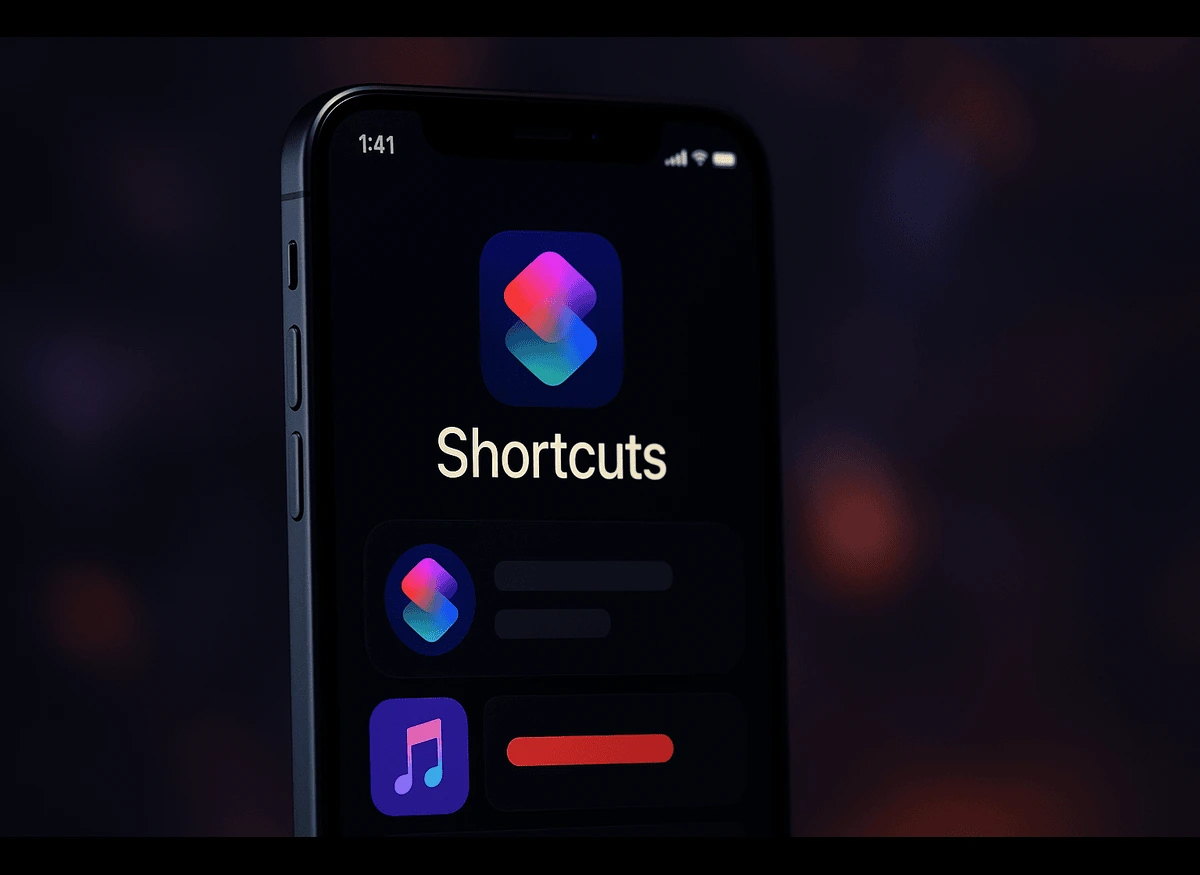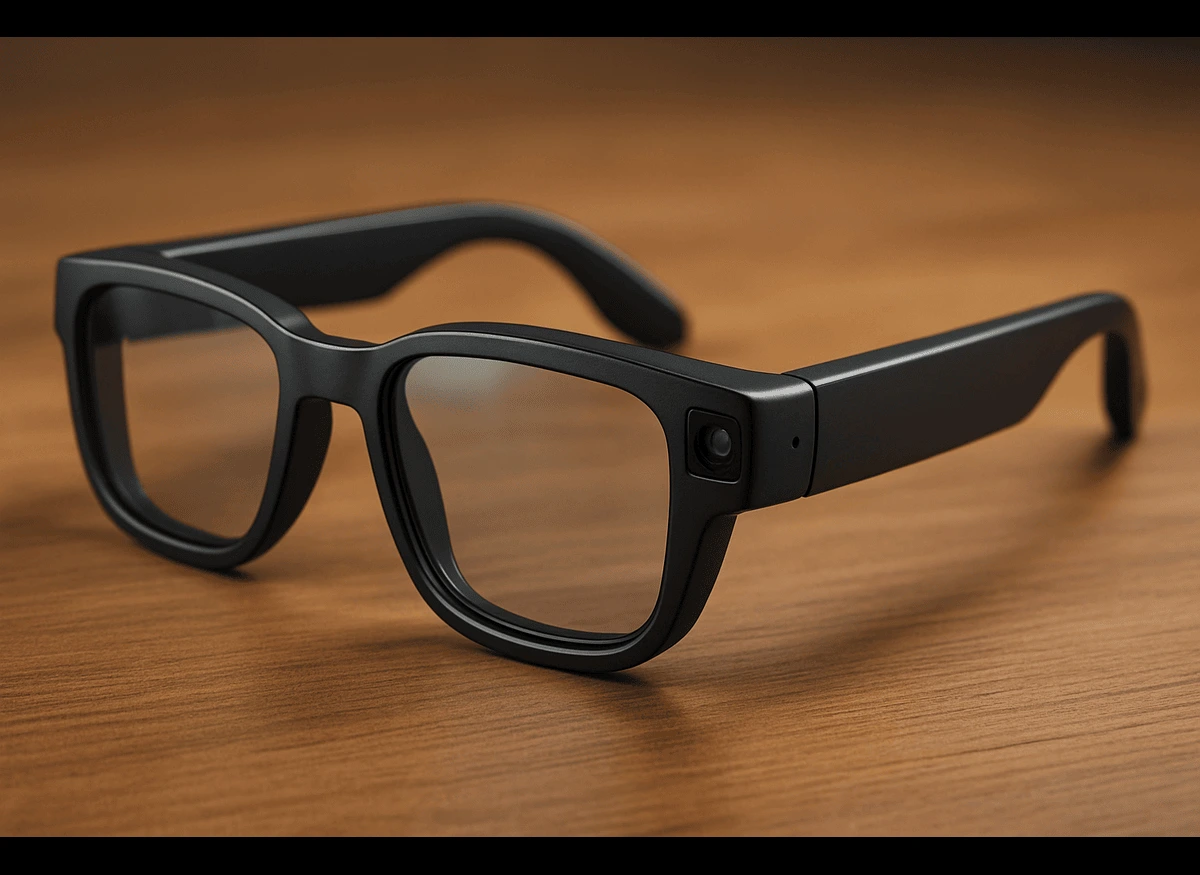
Odyssey’s AI model streams 3D interactive worlds at 30 FPS, redefining gaming and VR. Explore features, challenges, and competitors like Google DeepMind, Microsoft, and Nvidia. Discover how AI-driven 3D models are transforming entertainment, education, and more.
Odyssey’s AI Model: Redefining Interactive Video
On May 28, 2025, Odyssey, founded by Oliver Cameron and Jeff Hawke, unveiled a groundbreaking AI model that streams “interactive video” at 30 frames per second (FPS) with a 40-millisecond frame rate. Powered by Nvidia H100 GPU clusters, this model generates real-time 3D worlds without relying on traditional game engines. By predicting the next state of an environment based on user inputs, it creates a seamless, game-like experience. Users can explore AI-generated scenes—such as a wooded cabin, a bustling shopping mall, or a parking lot—using simple keyboard controls (e.g., WASD keys), resembling a low-polygon, real-time version of Google Street View.
Features of Odyssey’s Model
Real-Time Streaming: Delivers video frames every 40 milliseconds for fluid, real-time exploration.
No Game Engine Dependency: Purely AI-driven, eliminating the need for conventional 3D rendering tools.
Photorealistic Potential: Trained on real-world data from Odyssey’s custom 360-degree, backpack-mounted camera system, featuring six high-resolution cameras, two lidars, and an IMU for 13.5K, physics-accurate captures. Odyssey Systems
Editable Outputs: Scenes can be exported to creative tools like Unreal Engine or Blender for professional editing.
Cost-Effective: Operates at $1–$2 per user-hour, making it accessible for creators and developers.
Scalable Interactions: Evolving from basic navigation to support complex world interactions, leveraging large-scale video data.
Despite its promise, the demo faces challenges, including blurry visuals, occasional distortions, and inconsistent layouts (e.g., surroundings changing unexpectedly). Odyssey, backed by $27 million and Pixar co-founder Ed Catmull, is actively refining visual fidelity, temporal stability, and interaction richness to address these limitations.
What Are 3D Interactive Models?
3D interactive models are AI-powered digital representations of three-dimensional environments or objects that users can actively explore and manipulate in real-time. Unlike static 3D renderings or pre-recorded videos, these models enable dynamic interactions, such as navigating spaces, altering elements, or triggering actions, similar to a video game. Powered by advanced AI world models, they predict and generate the next state of an environment based on user inputs and historical data. By integrating generative AI, computer vision, and real-time rendering, these models create immersive experiences for applications in gaming, virtual reality (VR), filmmaking, education, and training simulations.
Key Features of 3D Interactive Models
Real-Time Interaction: Users can navigate or modify environments instantly using controls like WASD keys or mouse inputs.
AI-Driven Generation: Advanced algorithms generate dynamic visuals and physics, adapting seamlessly to user actions.
Photorealistic Rendering: Trained on real-world data for lifelike visuals, enhancing immersion.
Editable Outputs: Exportable to tools like Unreal Engine, Blender, or Adobe After Effects for further customization.
Multimodal Inputs: Support for text, image, or video prompts to create or modify 3D environments.
Scalability: Capable of handling complex, large-scale worlds, from urban landscapes to fantastical settings.
Leading Companies Developing 3D Interactive Models
Odyssey is part of a competitive landscape of innovators advancing 3D interactive models:
Odyssey:
Focus: Real-time interactive video streaming for 3D world generation.
Innovation: Uses custom real-world data capture to bypass synthetic data limitations, with applications in film and gaming.
Applications: Hyper-realistic gaming, filmmaking, and novel entertainment formats.
Google DeepMind:
Focus: Genie 2 creates interactive 3D worlds from a single image, supporting exploration by humans or AI agents.
Innovation: Ensures scene consistency and basic physics for robotics and gaming.
Applications: Simulations, visual reasoning, and interactive entertainment.
Microsoft:
Focus: Muse, a World and Human Action Model (WHAM), generates game visuals and controller actions, trained on Bleeding Edge.
Innovation: Open-sourced via Azure AI Foundry for gameplay ideation and game preservation.
Applications: Video game development and creative prototyping.
World Labs:
Focus: Led by Fei-Fei Li, develops AI for interactive 3D scenes with adjustable camera controls and dynamic effects.
Innovation: Ensures scene consistency and supports real-time modifications.
Applications: Movies, games, and simulators.
Nvidia:
Focus: AI Blueprint for 3D-guided generative AI and Cosmos platform for physical world simulations.
Innovation: Integrates with Blender for faster content creation.
Applications: Metaverse development, gaming, and industrial digital twins.
Tencent:
Decart:
Focus: Oasis model simulates Minecraft-like worlds, though with resolution and consistency challenges.
Innovation: Early-stage world model development for gaming and simulations.
Applications: Video games and virtual environments.
The Future of 3D Interactive Models
Odyssey’s model marks a paradigm shift in digital content creation by removing reliance on traditional game engines, democratizing access to high-quality 3D world-building. This technology has the potential to transform:
Entertainment: Faster, cost-effective production of photorealistic films and games.
Education: Immersive virtual classrooms for interactive learning experiences.
Training: Realistic simulations for medical, military, or industrial applications.
Advertising: Engaging 3D campaigns that captivate audiences in dynamic spaces.
However, challenges persist, including visual artifacts, high computational costs (requiring H100 GPUs), and ethical concerns about job displacement in creative industries. A 2024 Animation Guild study estimates 100,000 U.S. film and animation jobs could be disrupted by AI by 2026. Odyssey emphasizes collaboration with artists, aligning with Ed Catmull’s vision of technology enhancing, not replacing, human creativity.
Why This Matters for the Future
Odyssey’s interactive video model, alongside innovations from Google DeepMind, Microsoft, and Nvidia, signals the rise of AI-driven world models. These technologies promise immersive, real-time worlds that blur the line between reality and digital creation. As Odyssey refines its model, 2025 could redefine gaming, VR, and storytelling.
Try the free demo at odyssey and experience the future of AI-driven creativity!






